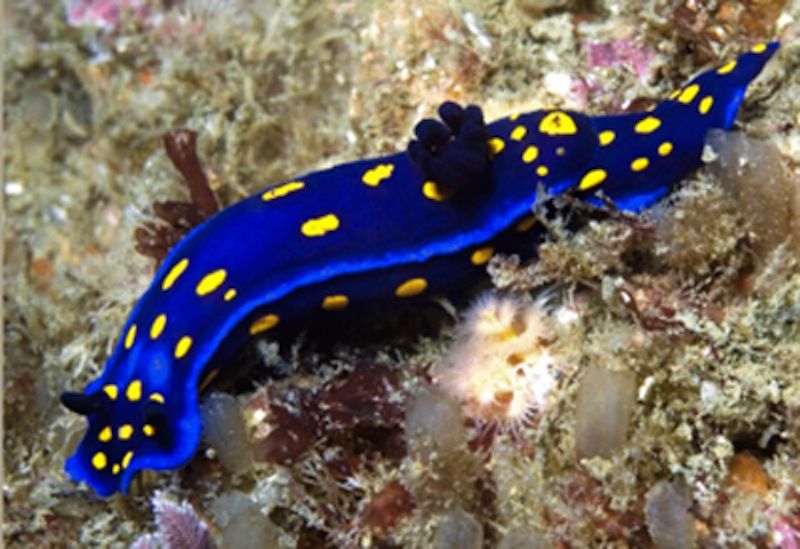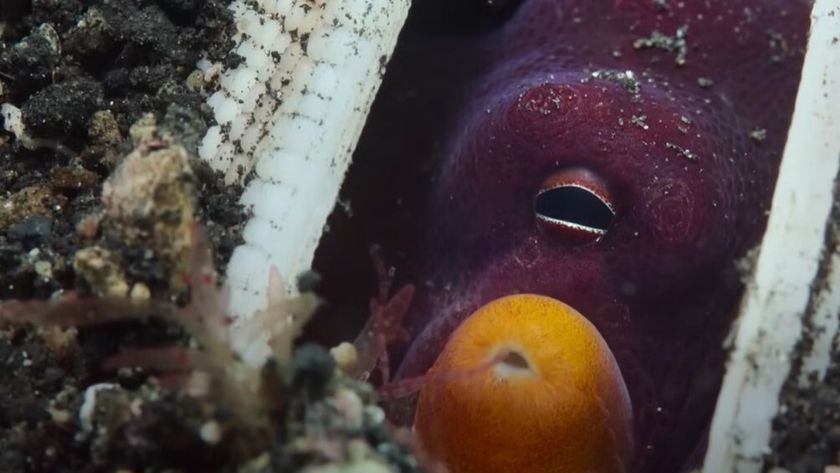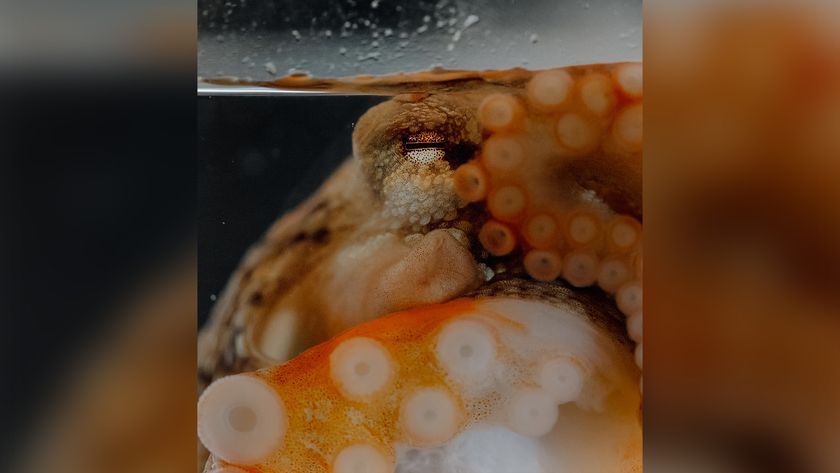
Call it a comeback. The once abundant sea slug, nudibranch Felimare californiensis, has been making a rebound after almost four decades of absence from Southern California waters.
Nudibranches are a group of soft-bodied, marine gastropod mollusks known for their striking colors and shapes. They are found in seas worldwide, including both the tropics and Antarctica.
The slug was first described by zoologists at University of California in Berkeley in 1901 and even bears the blue and gold colors of the university. Once abundant in California waters, the slug began to disappear in the 1970’s and was thought extinct. However, the bright blue and gold spots were seen in 2003 off Santa Catalina Island. Researchers suspect habitat loss and degraded water quality may have caused the slug to disappear from the area.
Follow LiveScience @livescience, Facebook & Google+.
Sign up for the Live Science daily newsletter now
Get the world’s most fascinating discoveries delivered straight to your inbox.













